“Nope” Editor Nicholas Monsour Dives Into the Macabre of Jordan Peele’s Sci-Fi epic
Putting together the irresistibly gripping story of writer-director Jordan Peele’s third film Nope was picture editor Nicholas Monsour, who has a shorthand with the auteur, having collaborated on Us (2019) and a number of episodes of Key and Peele.
Set in the outskirts of Hollywood, OJ Haywood (Daniel Kaluuya) and his sister Emerald (Keke Palmer) find themselves up against a mysterious entity living in the sky above their home. The editor had a tremendous amount of footage to work with, shot by cinematographer Hoyte van Hoytema, a first cut that ran close to four hours. Monsour sat down with The Credits to share how the final story found its way to the silver screen.
What was your initial reaction to the story reading the script?
I read a pretty early draft, but even before I read the script, Jordan had briefed me on what he was thinking about writing and talked about the broad strokes. When I read it, I really loved the specificity of the characters and the setting and how many layers you could already bring just to the basic facts of the story – about being a brother and sister and about their relationship to Hollywood and moviemaking. With it being about this family business set outside of Los Angeles around this sibling story, I hadn’t seen that done very much, and that was immediately interesting because it felt familiar but new at the same time. It was a really interesting starting place that felt grounded in a real setting to then launch into this unbelievable sci-fi and supernatural world that unfolds in Nope.
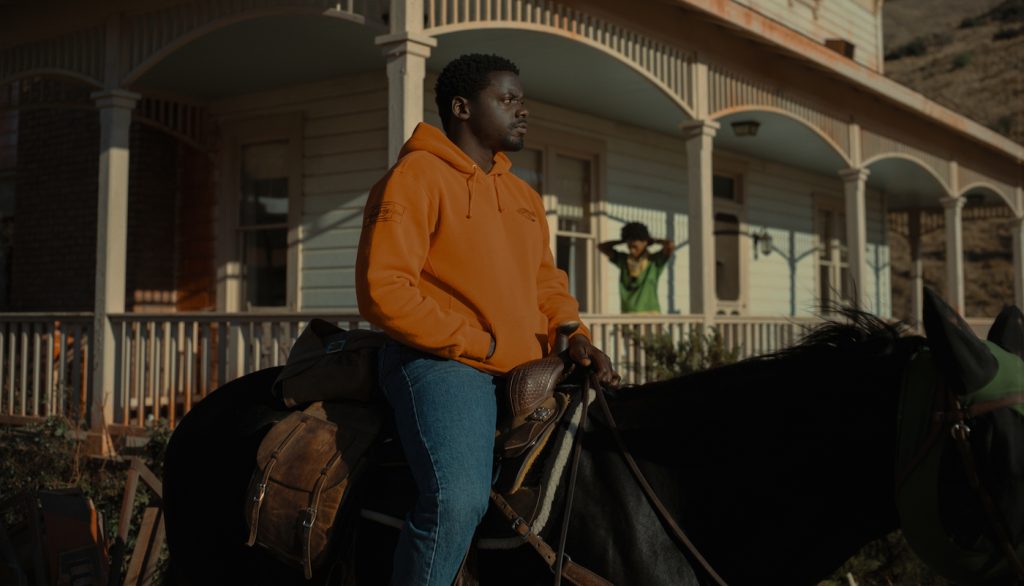
Did Peele reference any films for you to consider as examples of story or pace going into the project?
Jordan, by and large, may think that way, but he doesn’t talk about a project too much in terms of references. He’s incredibly collaborative and interested in what everyone he chooses to work with brings from their own backgrounds and ideas. Between us, we have a common area for things we both love, but we also love things that are different. I think that’s true for all his collaborators. We will bring a slightly different mixture of stuff. Jordan likes having his actors really inhabit their roles and bring what they want. There is a kind of rawness, but he was thinking about ‘70s American maverick filmmaking as well as the origin of the blockbuster and the big creature feature and big epic sci-fi movies. It really went without saying that we’d think about movies like Close Encounters and Alien.
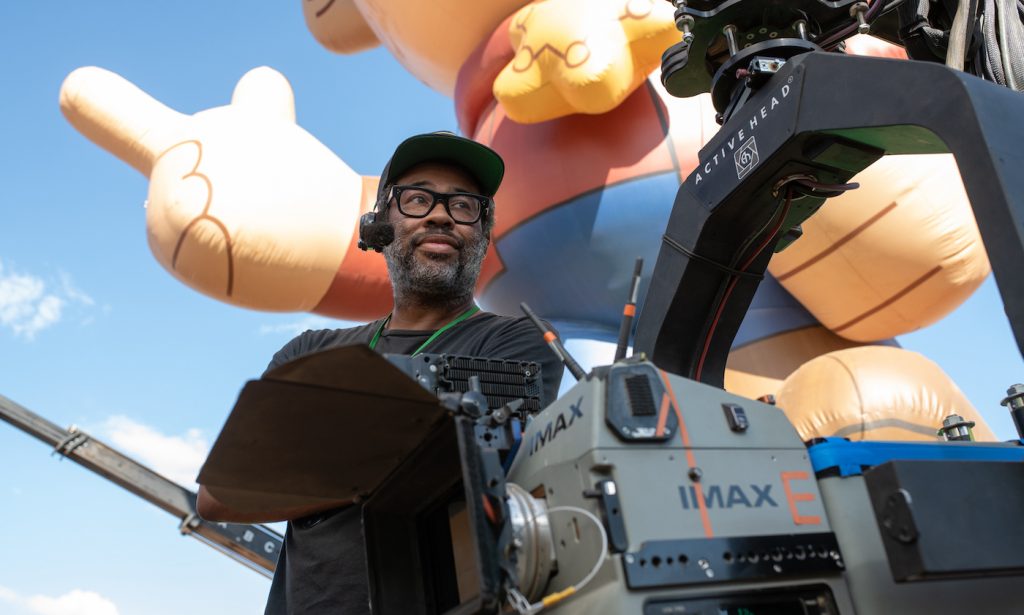
Close Encounters and Alien are two classics. Any others?
Before production Jordan did gather all the key crew and had us watch the original King Kong [1933]. He kind of put it to use that this is the movie we had to make now with everything we know about movies and everything we could do. It was kind of a benchmark of what this could accomplish.
The backbone of Nope is this wonderful brother-sister dynamic. How did you want to approach their personalities to let them shine through on screen?
My job as an editor is made so much richer when you have actors like Daniel Kaluuya, Keke Palmer, and Steven Yeun. Even Keith David, who plays OJ’s and Emerald’s father, makes an amazing impact in a short amount of screen time. They are all living in their roles and finding these non-verbal ways as well as through the dialogue to create interesting dynamics between their characters. It means that rather than hunting for the one moment you’re trying to communicate, you instead have so many choices. It’s obviously richer and more fun and engaging working with actors of this caliber, but some things emerged very clearly with their characters.
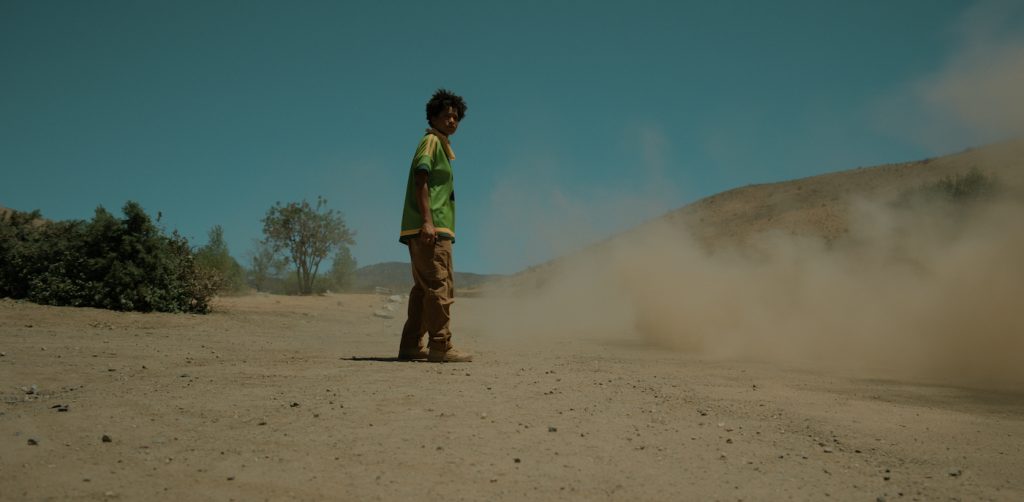
Like what?
Jordan talked about how he always wanted to see how characters with diverse backgrounds would really feel and deal with these situations of sci-fi and otherworldly encounters. How would they emerge in these moments of crisis, excitement, and action? With OJ and Emerald, OJ is the one who stayed on the ranch and followed in his father’s footsteps but was never really a natural performer. He’s more internal, and you have to see what’s going on behind his eyes. In contrast, Emerald is the natural performer of the family but never got a chance to shine. There’s friction between them, but behind it, there’s this very specific history they both share and a relationship to their larger-than-life father.
The Gordy chimp storyline makes its mark on the themes of the movie. How did the alternating timeline play out in the cutting room?
The interesting thing with Jordan is he’s developing everything simultaneously from when he starts. He’s thinking about casting, music, where he might shoot all the way through the preproduction, production, and post. It’s never a fixed object where he stops thinking creatively. Somewhere around halfway through the edit, Jordan had this notion of bringing Gordy’s storyline up to the beginning of the movie. It wasn’t in the script that way, but it was based on a number of things. The biggest one, and I think Jordan was correct in it, was in deciding to lay in the deeper layers and the meanings in the film in an abstract way that you don’t totally understand earlier in the movie. To invite the audience into the more complicated, interesting layers of entertainment, spectacle, exploitation, and horror.
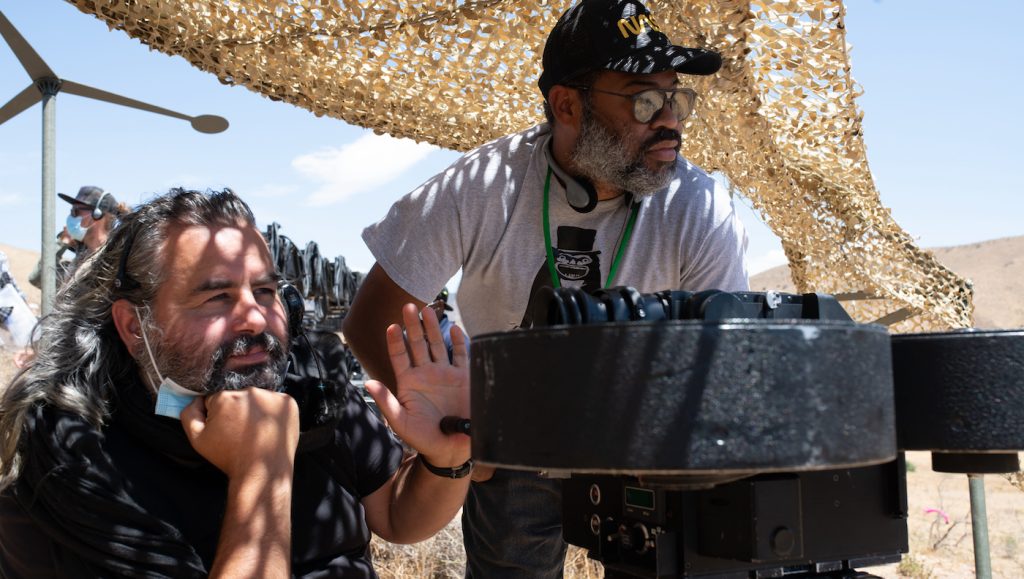
Peele really knows when to invite us into a moment. It seemed as if you stayed on certain shots to allow the viewers to sink into the environment or what a character is looking at.
Initially, there was an instinct we both shared to linger on some of the shots. There are so many embedded, interesting things in the locations and the characters’ qualities; staying on the shot a little longer allows you to explore what’s in the frame. The level of detail in the production design and costumes really rewards you with more to think about as nothing is there by accident.
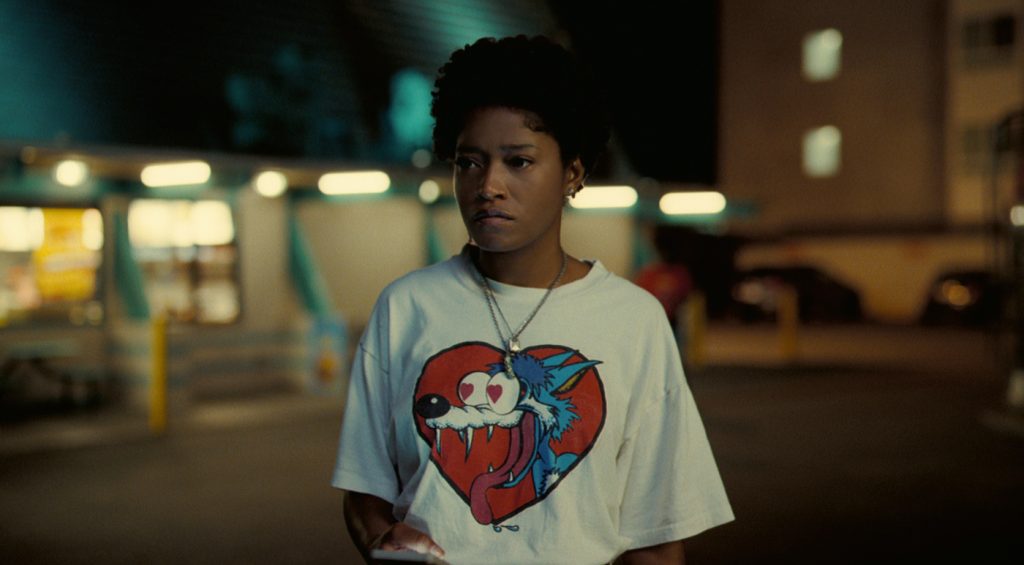
The ending of Nope is this beautiful crescendo of action and change in the characters. How did you approach everything that was going on?
There are a number of things happening, so it was very important we gave the visual effects team the right timing to apply all their incredible work. We were in constant dialog with each other, and once we found the right mechanical timing and the experience of the spectacle, we were able to lay in the relationship with the characters, especially the brother and sister story, in non-verbal ways. We wanted to make sure that the moments and the performance we were using felt right for the characters subjectively and what we wanted the audience to feel.
How did you achieve that balance?
It was a very interesting balance. In a big, epic sci-fi film, you can often become detached because you’re seeing these massive events unfold. The camera can often show you all the cool stuff but lose a sense of being rooted in the characters’ psychology and experience. Finding the right balance really pays off when you feel more affected by the events.
Were there any moments in the film you think best speak to finding these more grounded, human moments?
One of the most beautiful things in the script is this hand-off in the third act from the brother to the sister, where it becomes almost her story where Emerald becomes this female protagonist. It works on a meta-level and a specific story level where this character, who is a bit of an outsider in her family, earns this moment and runs with it at the end of the movie. We really wanted it to feel earned and satisfying and show how these characters negotiate what’s at stake for them.
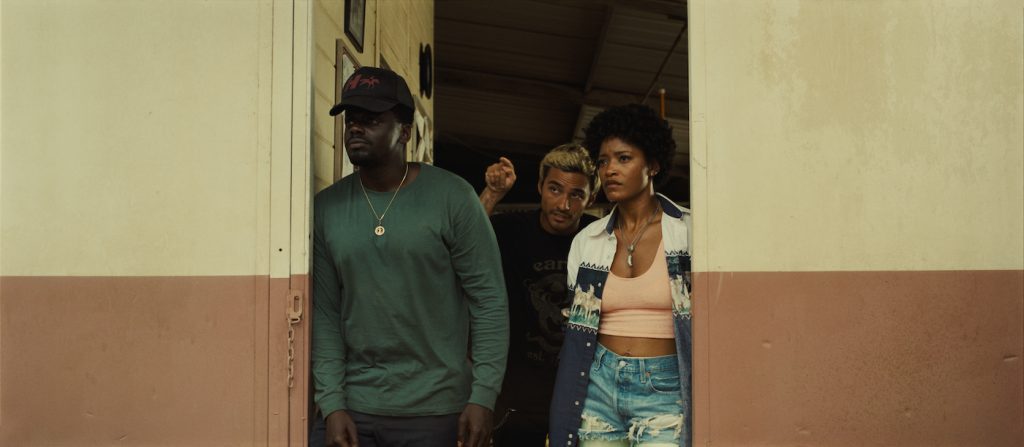
For more on Nope, check out these stories:
“Nope” Cinematographer Hoyte van Hoytema on Capturing the Epic Scope of Jordan Peele’s Latest
First “Nope” Reactions Say Jordan Peele’s Latest Stunner is Out of This World
New Video Details How Jordan Peele’s “Nope” was Shot With IMAX Cameras
Daniel Kaluuya & Keke Palmer Highlight New “Nope” Trailer & Inside Look
Featured image: (from left) OJ Haywood (Daniel Kaluuya), Emerald Haywood (Keke Palmer) and Angel Torres (Brandon Perea) in Nope, written, produced and directed by Jordan Peele.



